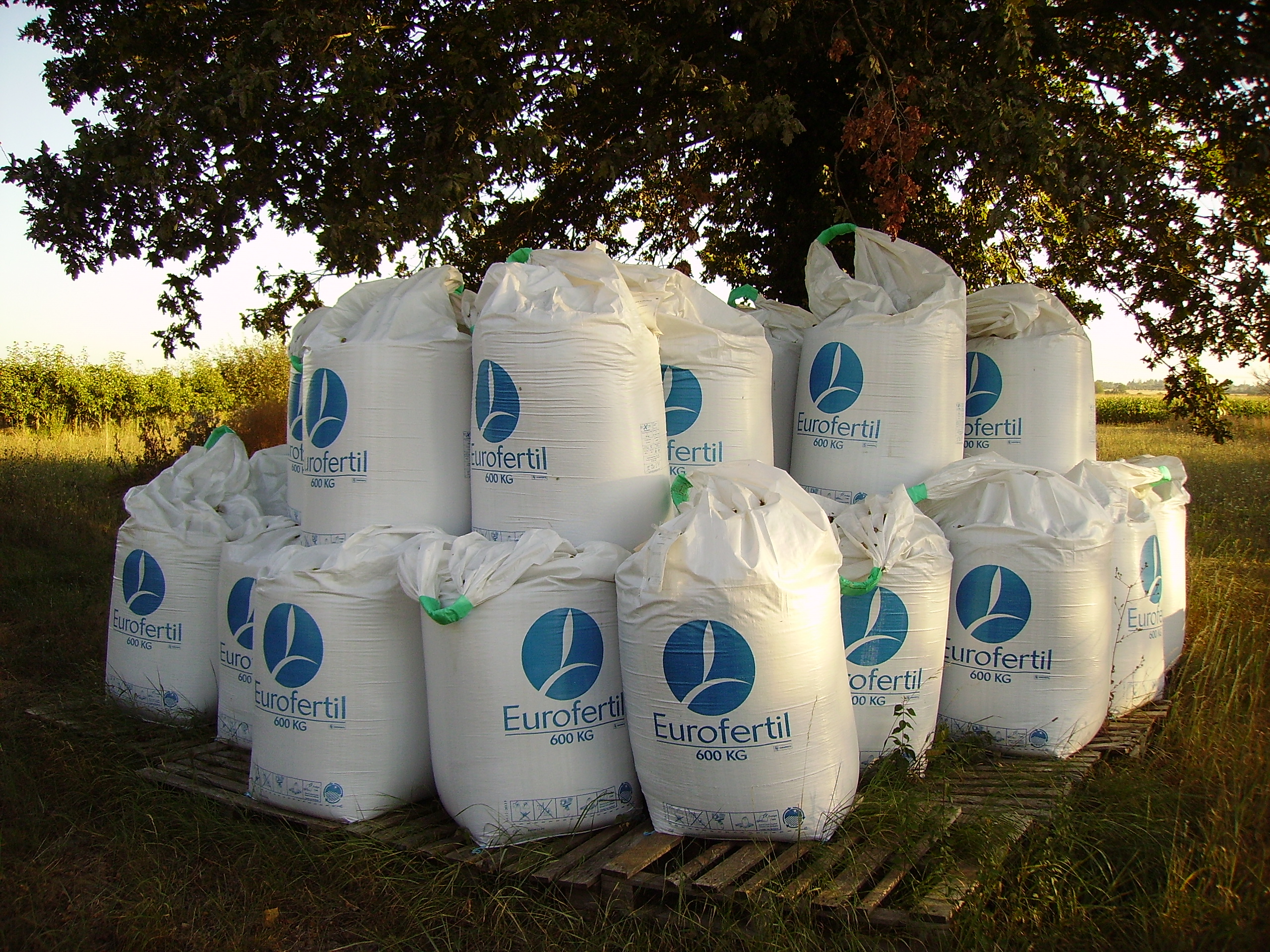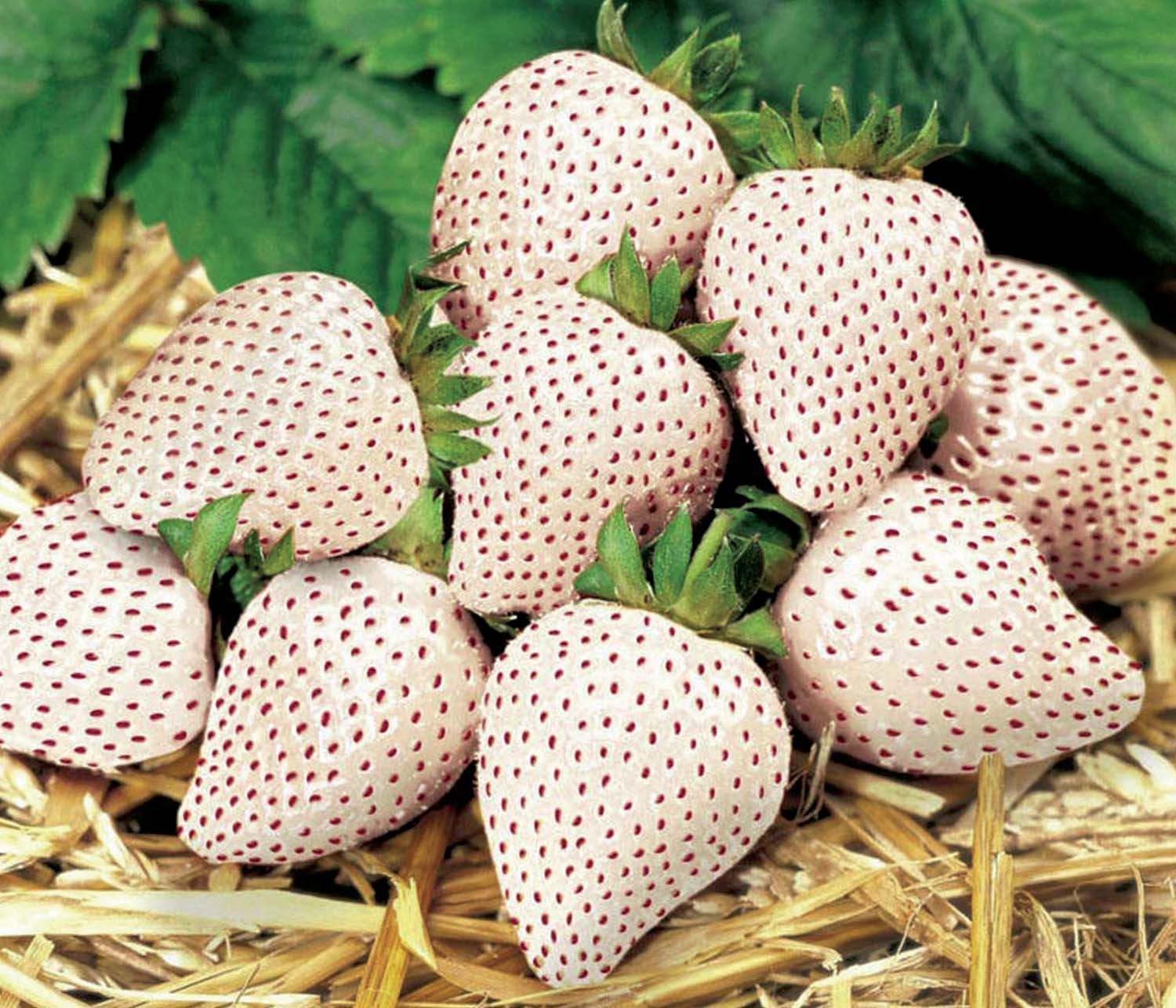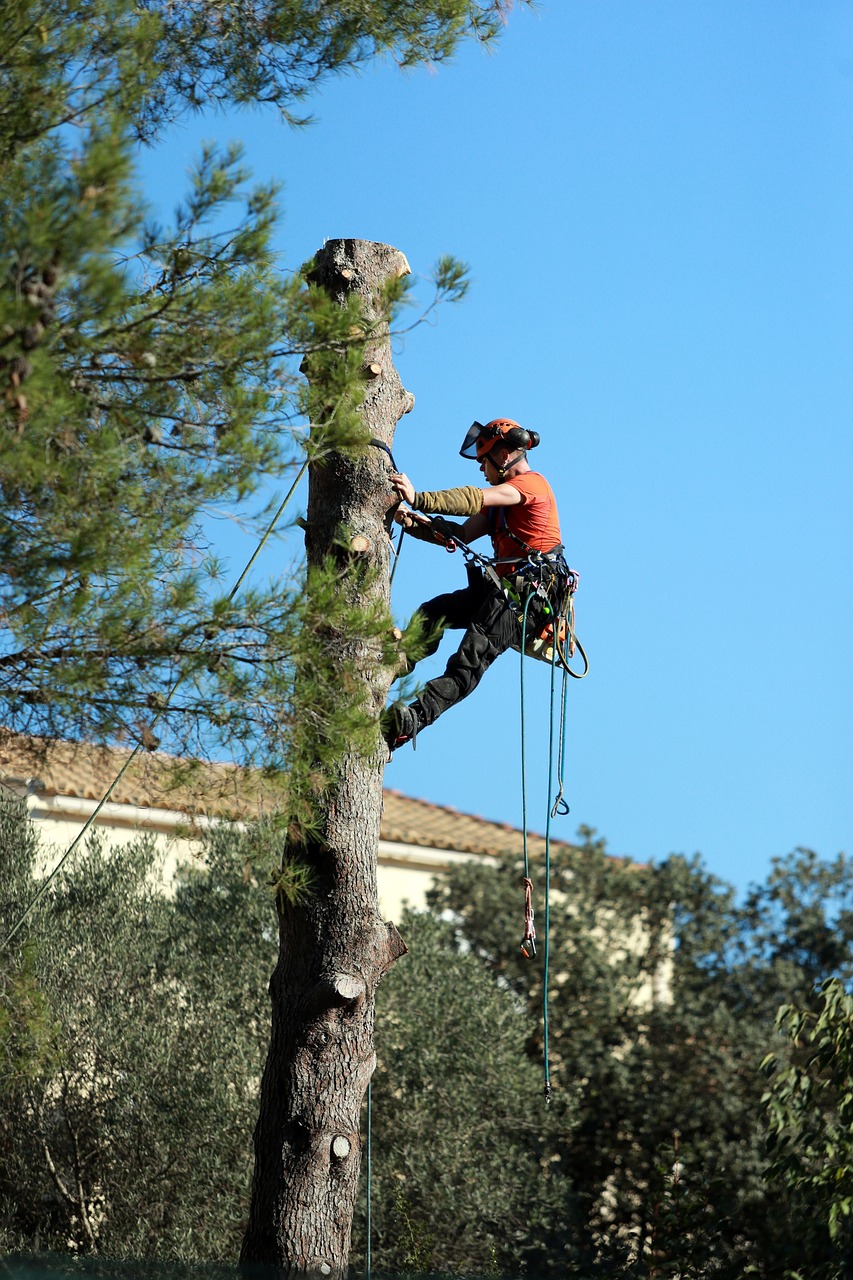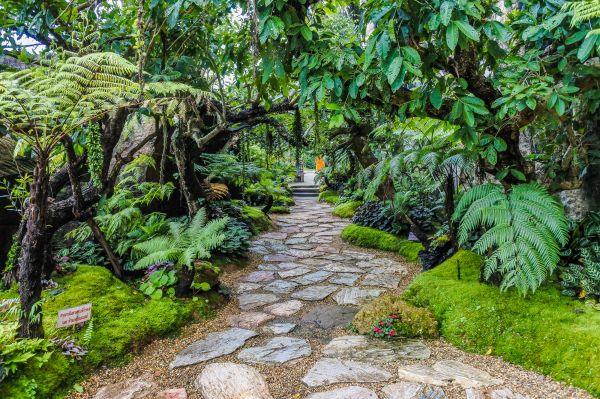How to Choose Your Fertilizers
The well-being of your plants depends on a good fertilizer. Do not be under the wrong impression that soil and water should be enough. Many plants need to be boosted with fertilizers in the spring season.
Choosing the right fertilizer among so many available types can be tricky, especially if you are a beginner and don’t understand all the technical terms.
Three significant elements can boost your plants: nitrogen, potassium, and phosphorus. I recently posted an interesting article – Things to consider when buying fertilizer in which I explained why your plants would need these three nutrients.
Types of fertilizers
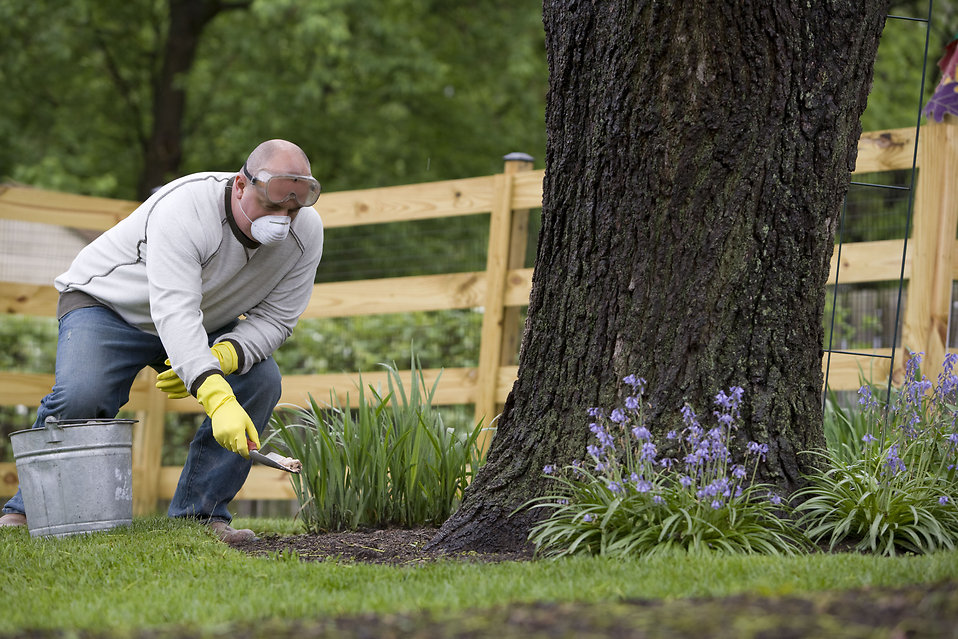
You will find four different types of fertilizers on the shelves at your local store.
1. Organic
2. Synthetic
3. Granular
4. Liquid
Organic fertilizer – nitrogen sustain release (fair price)
Organic fertilizer is derived from the decay of animal matter like the cow or poultry manure or vegetable matter (like the compost in your backyard). The finished product is like soil, a completely natural solution that tends to break down slowly when releasing nitrogen. It is excellent for improving the texture and density of your plants, and it is a great way to amend the composition of your soil if it is poor in nutrition for your plants.
Synthetic fertilizer – quick nitrogen release (fair price)
Synthetic fertilizer is chemically manufactured. It is an engineered fertilizer to release nutrients by immediately penetrating the soil. The disadvantage of this type of fertilizer is that the results don’t last long enough. Moreover, it is easily washed away during the rain, so you would have to reapply it again. Note that if you happen to apply this fertilizer in excess, you risk burning your plants.
Granular type – ease of use (fair price)
This is the most popular variety of fertilizers. You typically buy it in bagged form. You can apply them with your hands. You should note, however, that there are two types of granular fertilizers – slow-release and fast-release. Slow-release provides 2-6 months (based on water and heat). As for fast-release, the fertilizer may last around 2 weeks (works better for cold weather), costing less than the slow-release. It is essential to use the right fertilizer to avoid burning the roots. Watering will allow the nutrients to break down in the soil.
Liquid fertilizer (a little bit more expensive)
This type of fertilizer comes in concentrated liquid form. Not all nutrients are generally available in the N-P-K ratio of fertilizers available on the market.
Good to know: N-P-K stands for Nitrogen-Potassium-Phosphorous.
Liquid fertilizer contains nutrients readily available to bolster soil microorganisms and improve the soil structure. It is easy to use but works only in the short term. It boosts the plant by making nutrients available immediately to roots and leaves. Read the notice well: you should mix the concentrated liquid with water before applying.
Finally, depending on your plants’ requirements, you can try any of these different fertilizers
at different time intervals and see to which type your plants respond well. But note that you should be cautious in the fertilizer you use. Read the notice and follow the instructions well.
Hope this post will help you to choose your fertilizer. Good luck with your plants!
Read more:
– Tips on Choosing Your Wooden Pergola;
– Criteria for Choosing a Stump Grinder;
– Treating Fruit Trees: When Do Pests Attack Fruit Trees
– How to Lay Out Your Paver Driveway?
– How Forest Tree Pruning Is Conducted?
